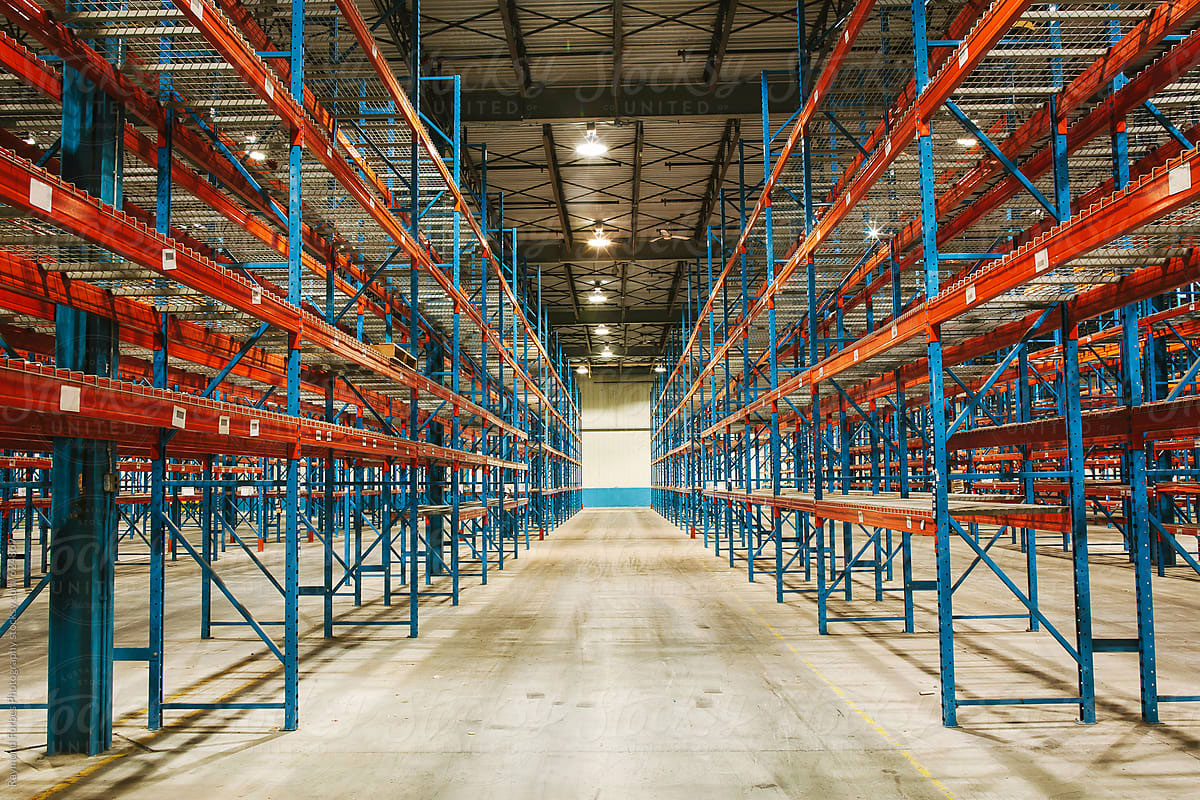March 2023 arrived with a shudder, presenting us with a potential catastrophe in the collapse of SVB – a disaster threatening to obliterate a generation of startups. Mercifully, regulators swooped in to shield depositors, confining the impact to a few regional banks. Yet, a worst-case scenario of a contagion capable of wreaking havoc on numerous startups is looming from an unexpected quarter: fulfillment.
A Lesson From History
To understand this, let’s rewind to 2020 when traditional retail commerce ground to a halt due to mandatory and voluntary lockdowns. Consumer spending migrated online, sparking an unprecedented surge in ecommerce demand. This, coupled with a shortage of warehousing labor, encouraged many Third-Party Logistics providers (3PLs) to turn to robotics to supplement their strained human resources.
In 2021, inventory issues became a nightmare for most companies with overseas supply chains. Brands shifted from a “just-in-time” to a “just-in-case” strategy, leading to a frenzy of over-ordering. 3PLs responded to these ballooning storage demands by expanding their capacities, often agreeing to record-setting leases in the process. Oftentimes these deals only made sense if ecommerce and storage needs continued up and to the right.
In 2022, as the world began to regain control over the COVID-19 pandemic, a general swing from ecommerce to retail followed. A softer economy, rising interest rates, and sagging consumer sentiment spurred brands to whittle down their excessive stock. As a result, 3PLs entered 2023 grappling with unused capacity and a voracious appetite for new business to fill it.
https://www.statista.com/statistics/626555/average-rent-per-square-foot-paid-for-industrial-space-usa-by-type/
Teetering on the Edge in 2023
Fast forward to today, 2023 presents a precarious landscape. 3PLs that grabbed any deal are floundering, while those that carefully selected their new clients are faring better. Some regional carriers are reporting that their accounts receivable balances are getting worse. And in the Inland Empire, where warehouse rents skyrocketed by 400% 18 months ago, those same warehouses now remain half-full. With the Fed signaling a freeze on interest rates for the next two years, the economic climate is undeniably uncertain.
Against this fulfillment backdrop, it has never been more important for a startup to be profitable. Some have been able to cut spending to become “default alive, ” and many others cut their burn sufficiently to last until their next fundraise which was planned for the back half of 2023. Not all startups seeking funding will get it. We are entering a phase of creative destruction over the next 9-12 months, where many companies will need to downsize, merge, or face extinction. This could create a perfect storm, giving rise to an apocalypse scenario.
The Worst-Case Scenario
Consider this: you’re a 3PL serving 30 brands, barely scraping by due to higher lease payments and now underutilized space. Then, 3 or 4 of your medium-sized brands either delay paying their bills or go bust. Without access to funding sources yourself, you face the risk of not making payroll and defaulting as a business. When a 3PL defaults, it usually results in a sudden shutdown, locking all inventory inside until new ownership can step in.
In our hypothetical scenario, all 30 brands would be locked out from their inventory. Most brands can’t survive 6-8 weeks without access to their inventory or any incoming revenue. Consequently, the risk of contagion rises if multiple 3PLs were to close down at once leading to a massive blow to the entire ecosystem of vendors, service providers, and investors. Unlike the SVB case, there’s no regulatory agency to guarantee the operations or solvency of a 3PL or startups.
Your Survival Toolkit
While the probability of such a catastrophic scenario unfolding is low, it’s not zero. As supply chain professionals, our role is to foresee and prepare for such contingencies.
To weather this storm, I recommend the following:
- Be vigilant for signs that your 3PL might be in financial hot water. A sudden dip in SLA performance could imply inadequate staffing, while a sudden switch in carriers might hint at difficulties in paying carrier bills on time.
- Stockpile extra raw materials with your factory. If domestic inventory becomes inaccessible, your primary goal will be to restock swiftly. Shortening your supply chain can be a lifesaver when every day counts.
- Diversify your fulfillment providers. If you’re large enough to warrant multiple locations, consider splitting your business between different companies. This would not only ensure access to some inventory if one provider defaults but also keep rates competitive.
In conclusion, by bracing for these potential fulfillment challenges, startups can survive and even thrive amidst the uncertainty of 2023. A fulfillment apocalypse may be coming, but with foresight and preparation, we can turn the tide.





